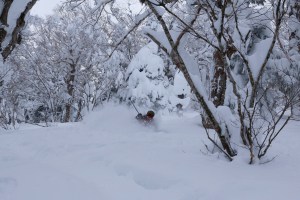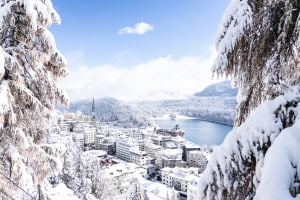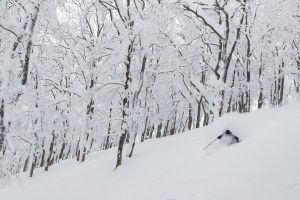Discover Japan by Rail: A Four-Day Adventure Through Tokyo, Fukushima and Nikko
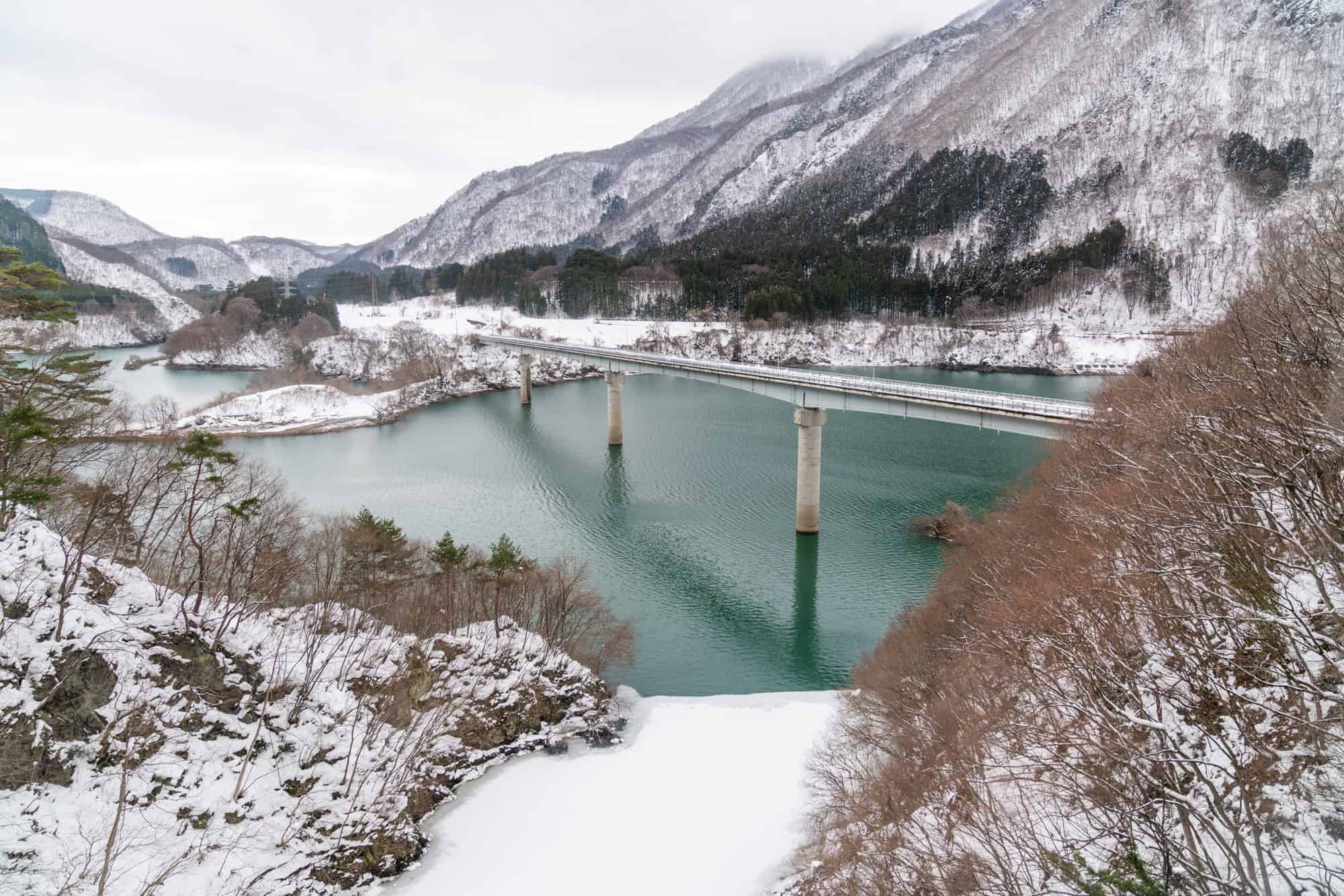
Sponsored content
Mountainwatch | Travel | Photos Don Kennedy
While many people travel directly to Japan’s ski resorts by Shinkansen or shuttle from the airport, it is worth taking a little extra time on your snow holiday to explore other areas and experience more of Japan and its culture. As you will discover, a multi-day journey by rail is the perfect way to do it.
Day One
The Town That Time Left Behind
As if a portal into the Tokyo of a bygone era, Taito town has protected it’s pocket of the city, keeping at bay the 21st century modernism that pervades the sprawling metropolis around it. Brimming with nostalgia, snaking side streets serve up a smorgasbord of sensory stimuli, punctuated with bright red lanterns, Kanji splashed signs and an endless stream of salivating smells.
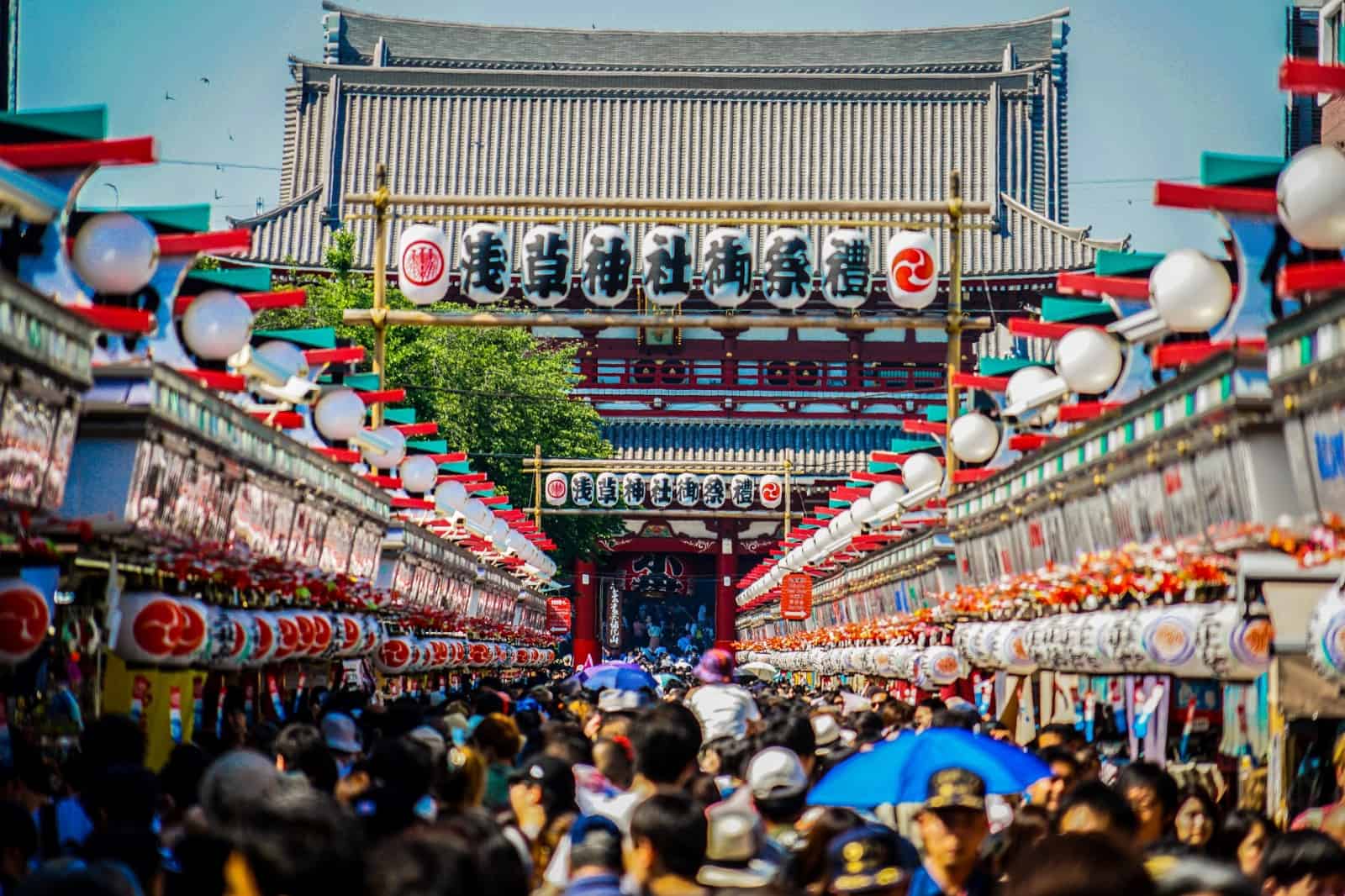
Edged with 90 something market and food stalls the 250-metre walking street Nakamise-dori is at the heart to Asakusa, leading the way to the iconic Kaminarimon (Thunder) Gate. Straddling the street and serving as the entrance to Sensoji – Tokyo’s oldest temple – the busy bustle of urban life is left behind as you enter into the ancient realm.
On the west side of Taito is Ueno Toshogu – a Shinto shrine that has been designated as an important cultural property of Japan. Built in memory of Tokugawa Ieyasu (founder of the Tokugawa Shogunate) in 1627 and later renovated in 1651, it epitomises Edo Period architecture in it’s elegance, elongated eaves and curved edges.
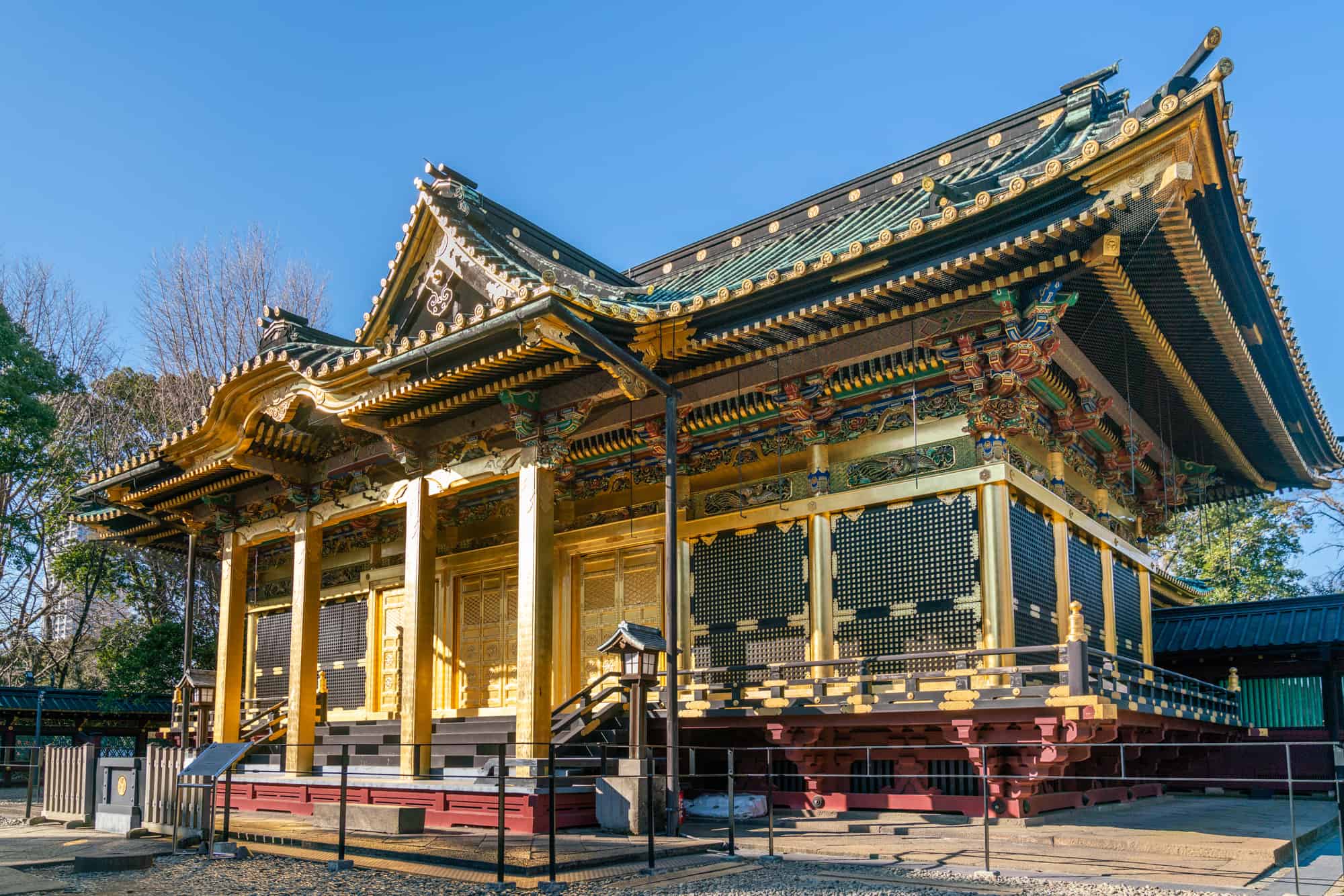
Depicting two dragon’s on it’s pillars the shrine’s Karamon is ornately decorated and gilded in gold: legend has it that come night fall the two fire breathing beasts depart the gate in search of water from the park’s Shinobazu Pond.
The easternmost section of the ward is another source of sanctuary in the sleepless city, as picnic perfect stretches of grass line the Sumida River. Come spring time, tourists and locals alike spill out onto the carpet of green, lunching al fresco as blossom laden branches dance overhead.
Learn Legacy Skills From The Senseis
Amezaiku is the ancient art of shaping heated sugar syrup – or Ame – into visually impressive candy creations such as rabbits, cranes and goldfish. The workshop at Asakusa Amezaiku Ameshin offers the opportunity to create your own under the guidance of the Ameshin – or Amezaiku artisans.
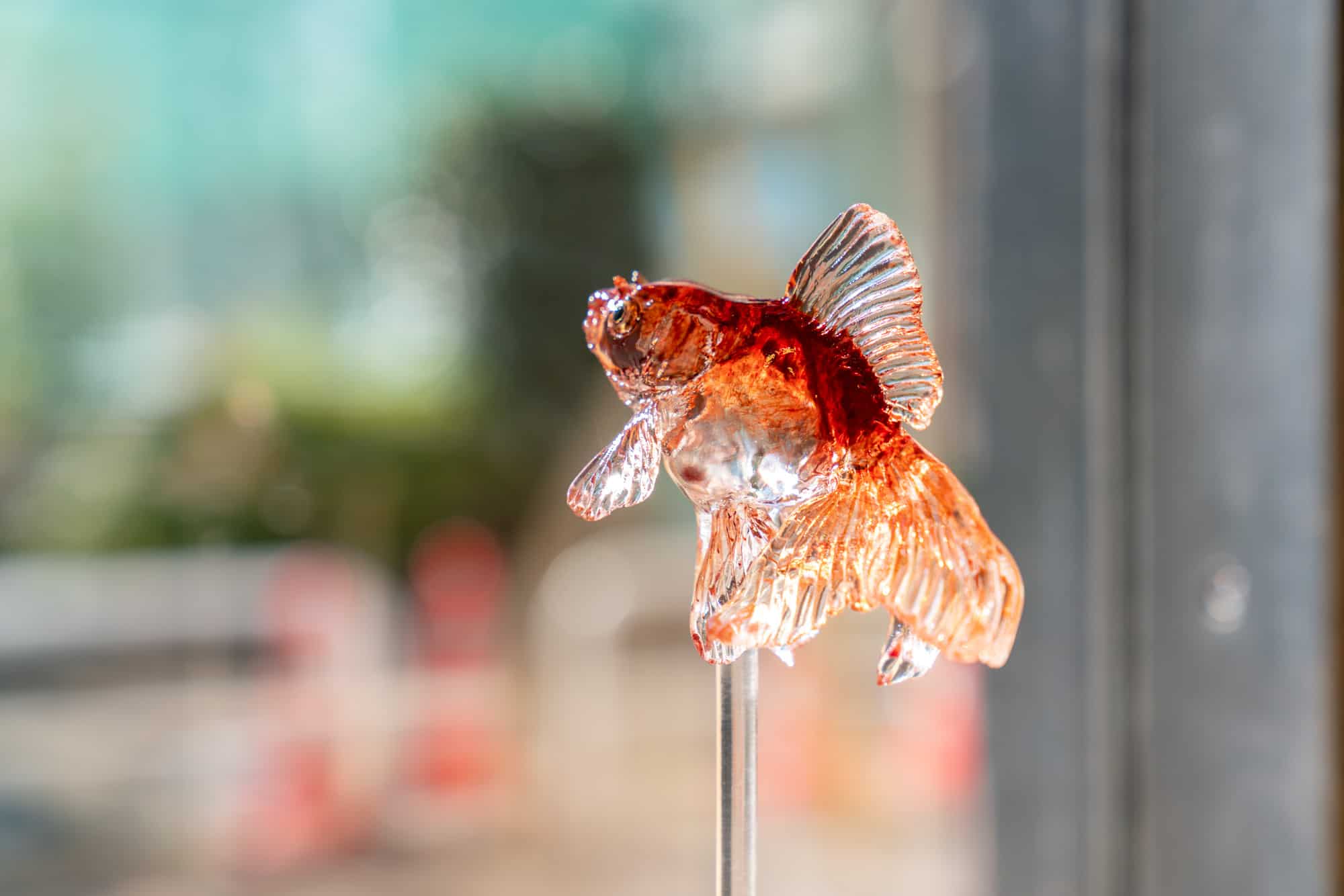
Using your hands and primitive tools you’ll have to work fast to stretch, sculpt and execute your design before the candy sets. The history of Amezaiku in Japan is largely unknown, though it is said to have originated from China during the Heian period (794-1185), and later peddled by street performers as a prop for storytelling.
Continuing the culinary theme, Chagohan Tokyo (“Tea Rice”) is a distinguished Japanese tea house turned cooking school. Keeping tradition and legacy at the forefront, the interior is awash with antiques and leather bound books, while it’s kitchen is fully equipped with all that you need to master the secrets and skills of Japan’s most celebrated flavours and dishes, including ramen (noodle soup), tare (ramen seasoning) and dashi (seaweed based stock).
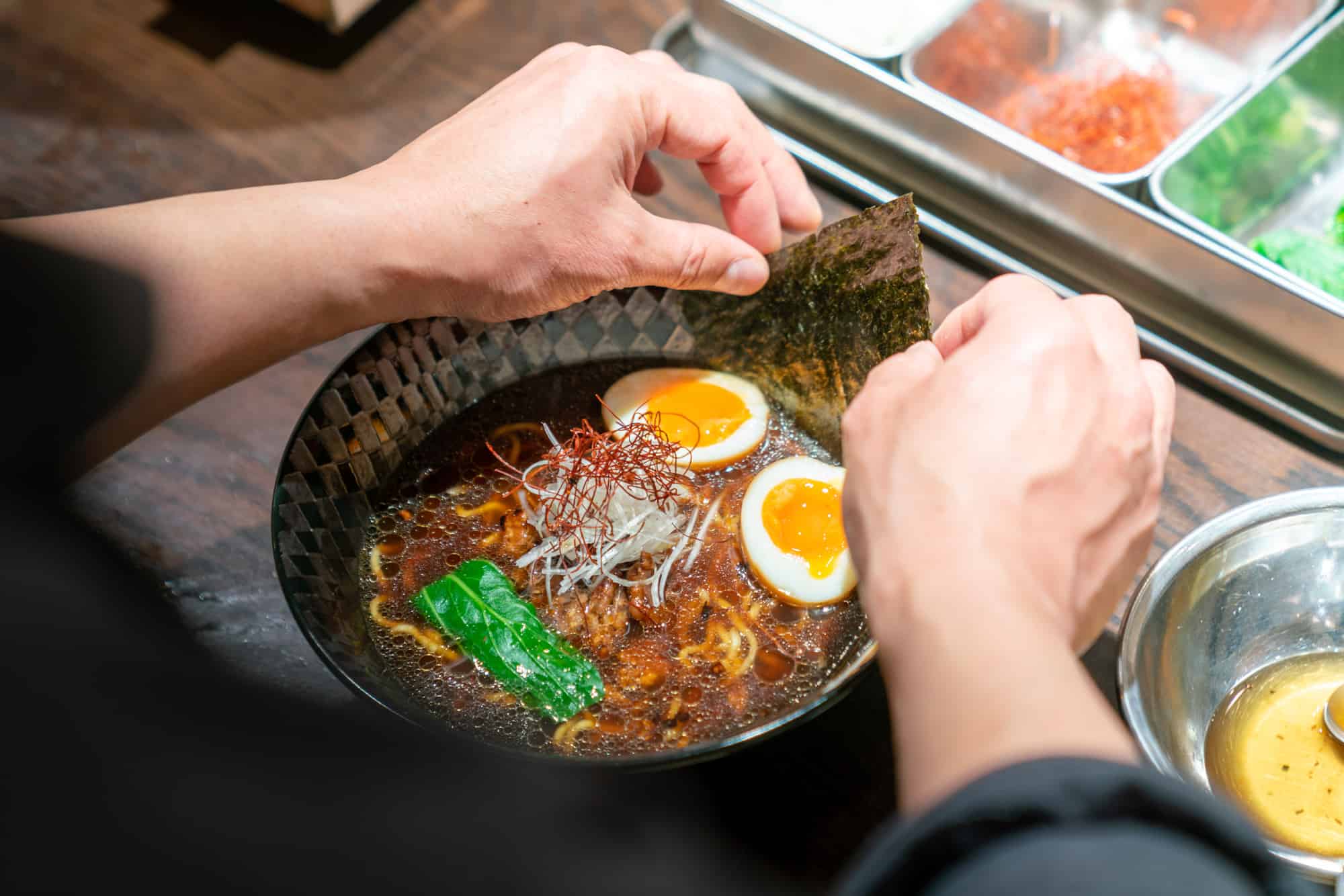
Within striking distance of Chagohan Tokyo is Kappabashi, or “kitchen street”. Unsurprising given the name, it is a Mecca for foodies and cooking enthusiasts. With a well established history, Kappabashi’s traders sell everything from Japan’s world famous kitchen knives to sushi boxes and hot pots.
After getting your fill of Japanese food culture you can stroll back along Asakusa’s Nakamise-dori towards Asakusa Sation, where a Revaty Aizu 129 Limited Express Train will speed you through an ever evolving landscape as it journeys to Ozeguchi Station in Fukushima Prefecture. From Ozeguchi Station a pre-booked shuttle will bring you to the ski in/ski out Aizu Astraea Hotel, perched on the lower slopes of Takatsue Ski Resort. It’s lofty elevation of 943 meters above sea level positions it perfectly for panoramic mountain views, while it’s onsen (hot spring) and Japanese cuisine create a fully immersive winter experience.
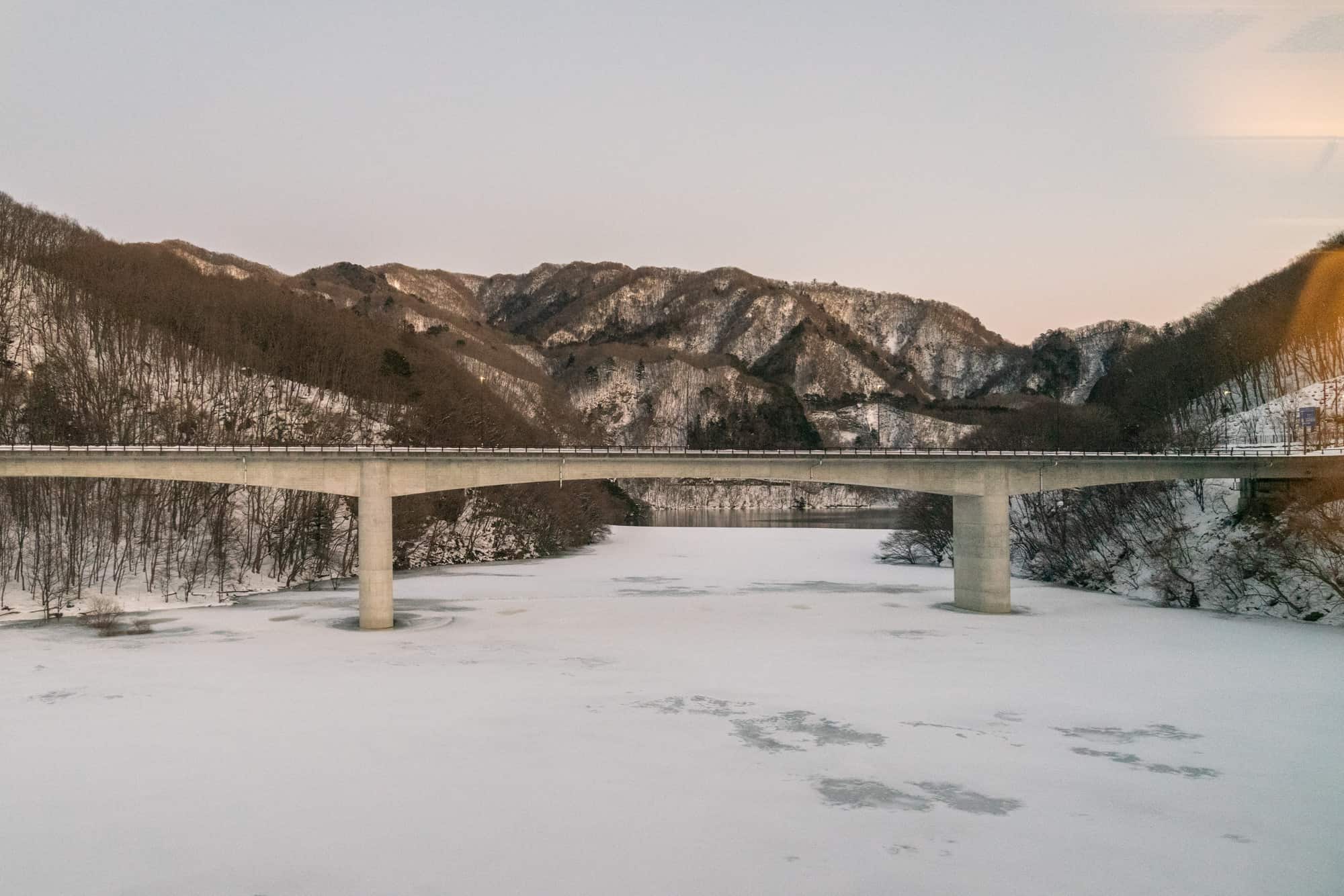
Day two: Play in Powder Snow at Takatsue Ski Resort
Arise in the mountains to a plethora of possibilities: this 9 lift 15 run resort has a strong balance of beginner, intermediate and advanced terrain, as well as a terrain park and family area. With a summit elevation of 1650 meters, the views are nothing short of spectacular, and a great way to grasp the scope of your surroundings.
A fun and unique way to gain the summit is by snow cat. Sat inside a cosy, comfortable cab the cat crawls up the summit ridge, passing through calendar worthy snowscapes of frost clad trees and – if the weather systems align – a sprinkling of “diamond dust” glittering on the snow’s surface.
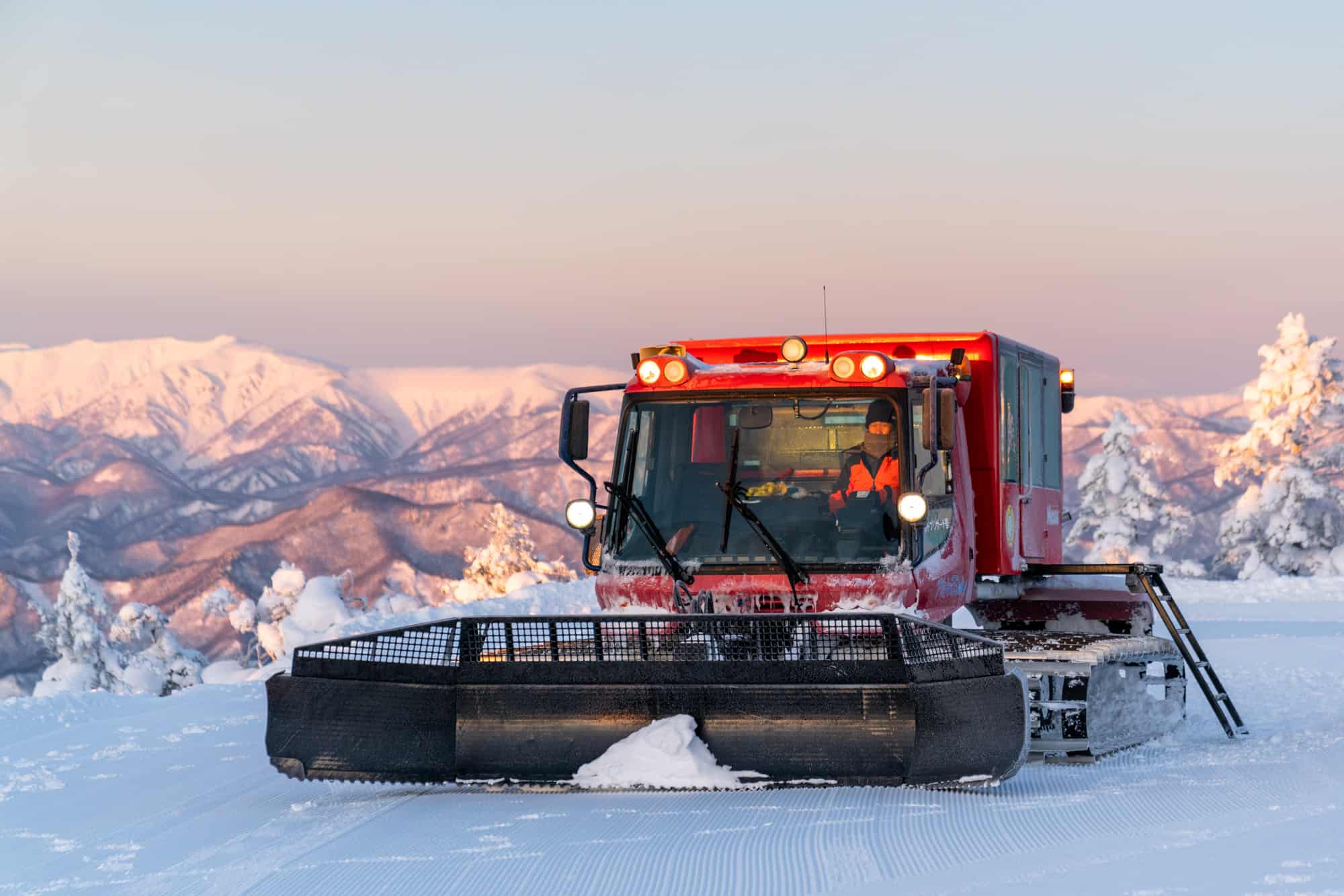
The Aizu region is well known for frequent and persistent snow storms, delivering the super fine powder snow that is so synonymous with Japan.
Step Into Edo Japan and Make Your Own Soba Lunch
About a one-hour car journey away from the resort is Shimogo. The town of Shimogo is famous for its “Ouchijuku,” a half-hostel, half-farmer townscape from the Edo period, and “To-no-hetsuri,” a canyon with a landscape of eroded rock towers that have naturally formed over a long period of time. In the town of Shimogo, there is a local dish called “Shingoro”. Half mashed and rolled up Uruchi rice is skewered, dipped in Junen miso, and grilled over charcoal.
Another popular local dish is negi soba noodles. Learn how to make it yourself from the local chefs around Ouchijuku. Put your chopsticks down on the rest – locals recommend eating this one with a leek. The unwieldy vegetable is favoured by locals for the sweet, oniony flavour it imparts to the dish. Unsurprisingly, the whole performance attracts a lot of interest through the photographic lens.
Also attracting a lot of attention is Ouchijuku, an inn town where buildings from the Edo period have been maintained and preserved as they are, in the picturesque foothills of the mountains of western Fukushima.
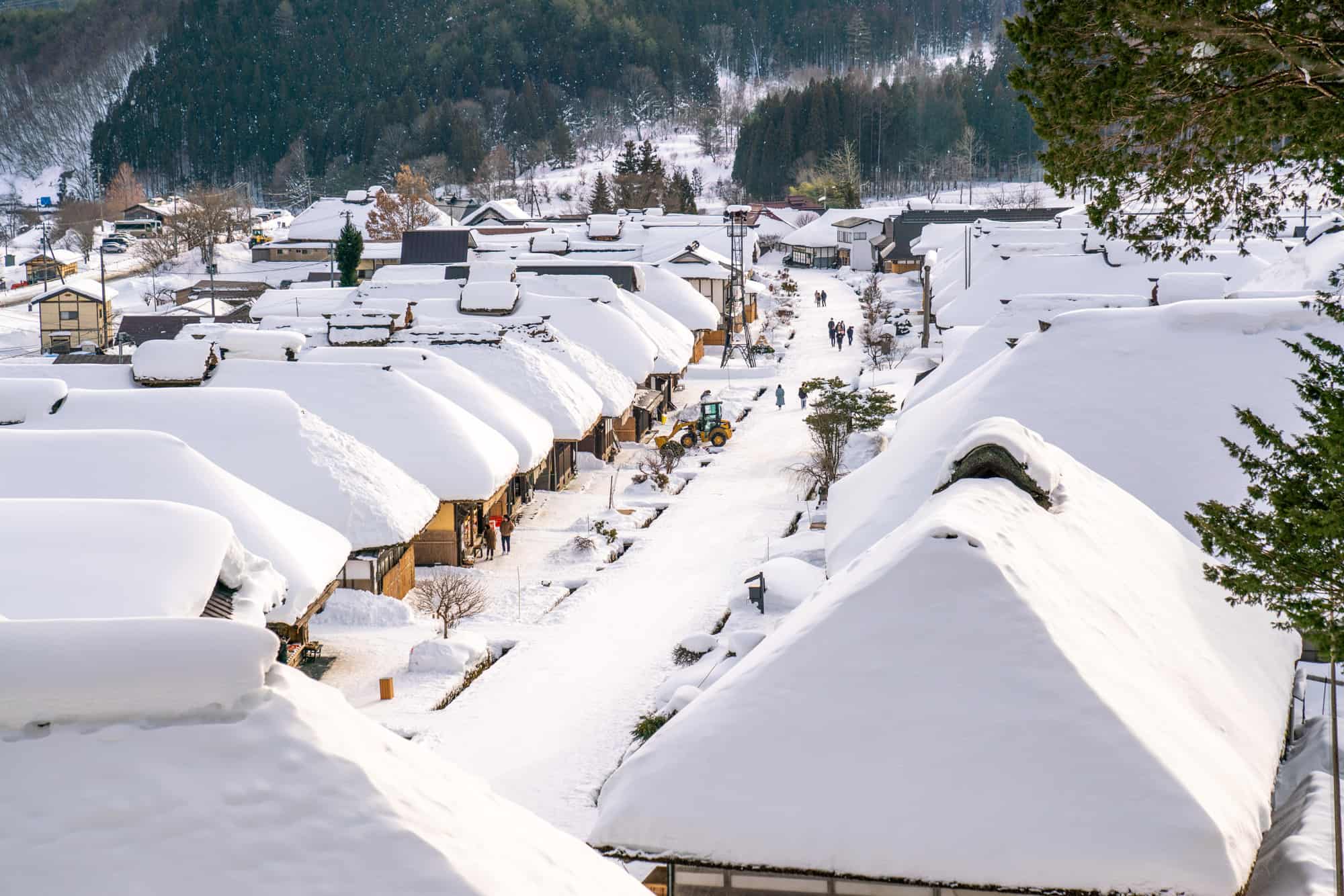
The town runs alongside the old Aizu Nishi Kaido Road, once used by people heading to Edo (Tokyo), but mainly as an inn town connecting Aizu and Nikko. Its historical significance as an exemplar of Edo-style architecture is the reason it is selected as an Important Preservation District for Groups of Traditional Buildings. Inside its simple dwellings are homewares of the same era and old-fashioned irori (open hearth) fireplaces.
Take a stroll along the main street while seeing the real town of the village. After visiting Takakura Shrine along the way, climb the stairs at the far end of the street to the gazebo where you’ll have a panoramic view of the Edo period town. Allow time for To-no-Hetsuri – a 200-metre-long natural cliff formation located in Ōkawa Hatori Prefectural Park, on the way from Minami-aizu to Ouchijuku. The cliff’s autumn robe of maples and Mongolian oak varies in colour from gold to red.
After plenty of sightseeing around Ouchijuku, head into Aizu-Wakamatsu – former battleground during the Boshin War (1868 – 1869) and home to the terracotta tiled Tsuruga Castle – and make your way to Nanokamachi Street. A mixture of former storehouses and residencies from the early 1900s, Shibukawa Donya most notably stands among them in the center. Once a seafood warehouse, this restaurant (and guesthouse) carries forth its 120 year history in it’s appointment, ambiance and aptly selected menu: specifically the salted cod, pickled herring and Shiokawa beef are second to none.
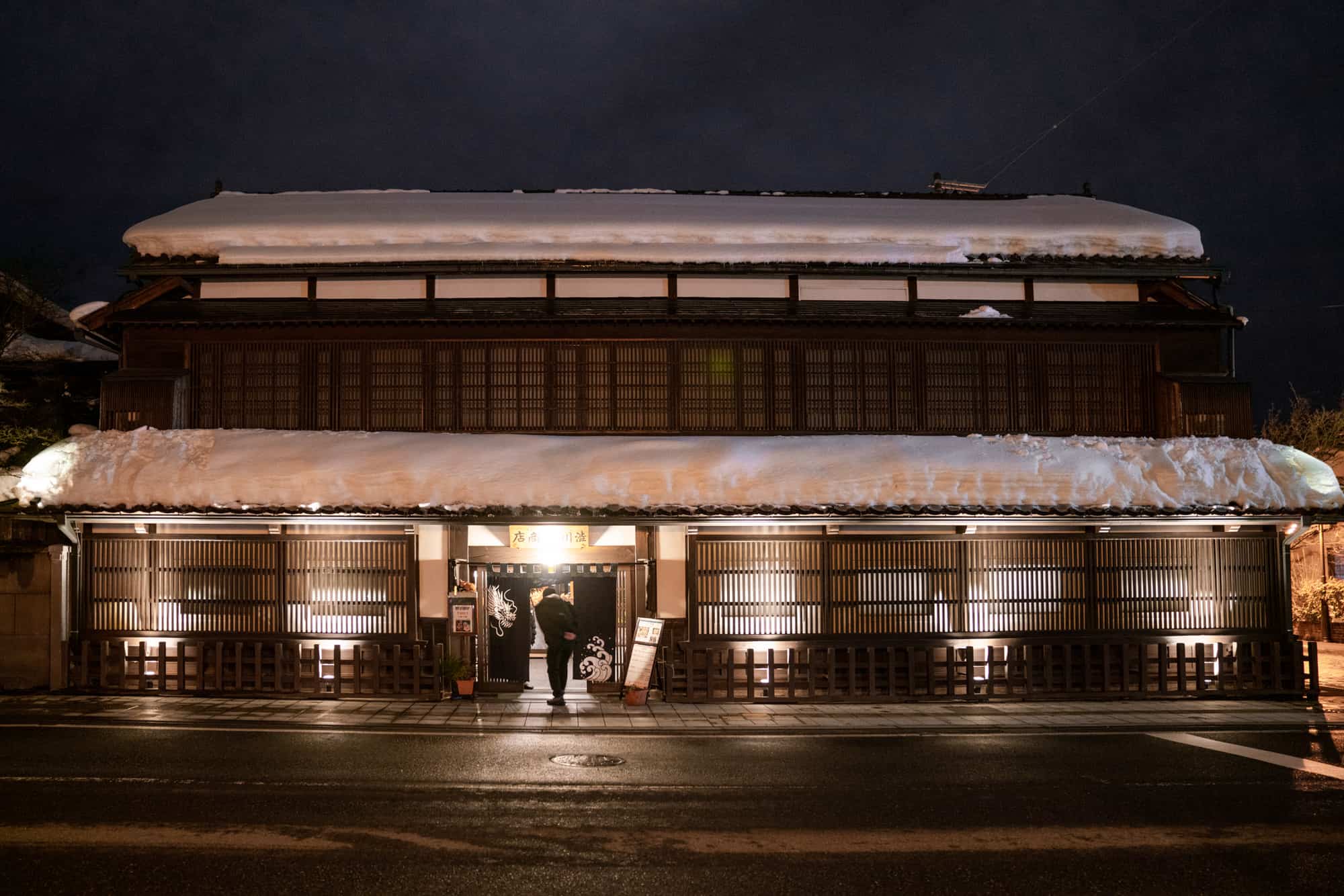
Day Three
Unlock History’s Samurai Stories
Start the day with some light exercise and ascend 183 stone steps to the top of Mount Iimori. Not only offering great views of the city laid out before it, Iimoriyama also has a strong yet sombre history. During the Boshin War in 1868, 20 samurais of the Byakkotai (White Tiger Corps) who had been defeated from the Inawashiro area saw the castle town burning and thought that the castle had already fallen, so they committed mass suicide. The sole survivor – Sadao Iinuma – recounted the tragedy and was laid to rest years later with his fellow warriors at the mountain top. There a numerous plaques and tributes at the site, as well as the Byakkotai Memorial Hall at the base of the mountain.
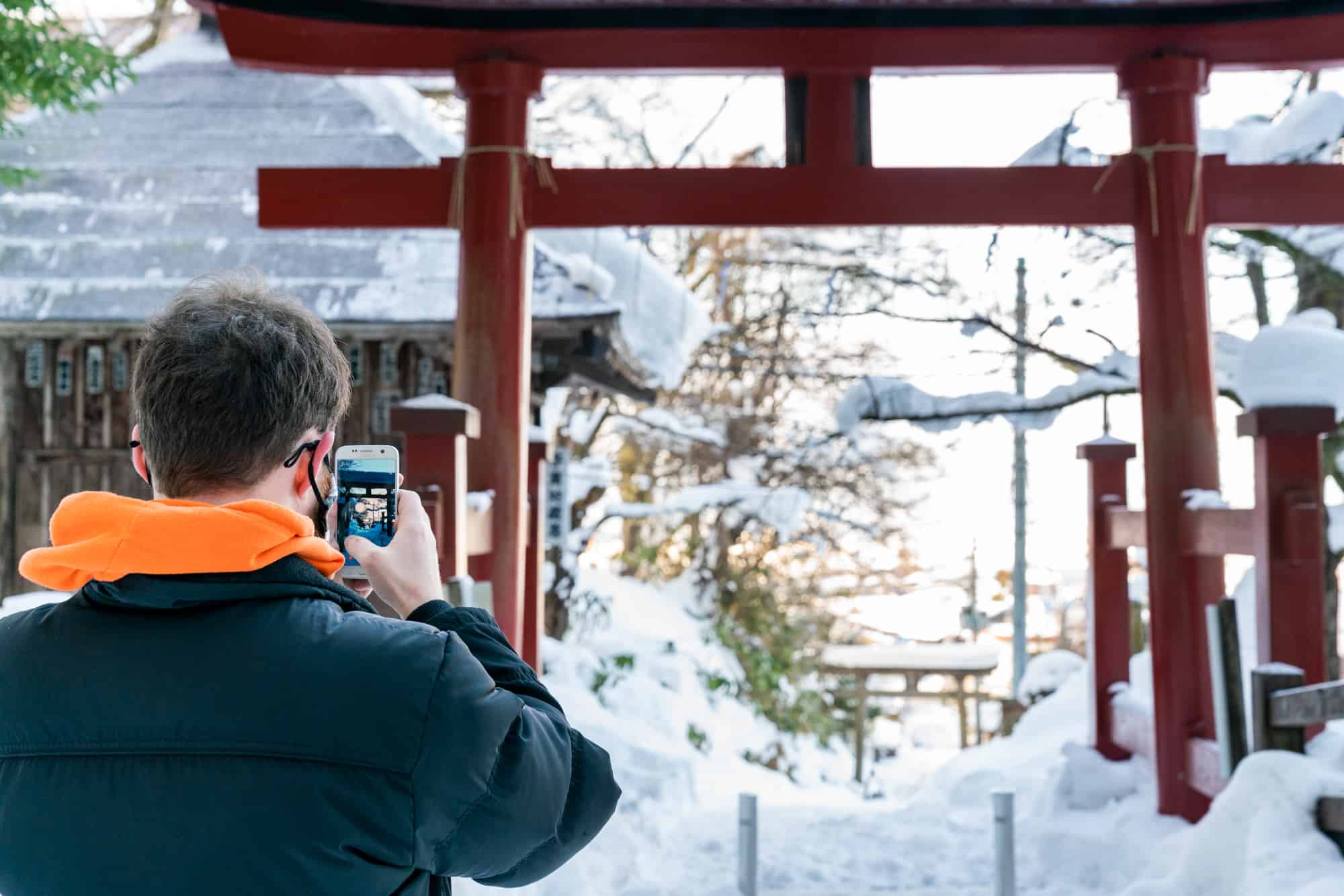
In the vicinity is Sazaedo Temple – a Buddhist place of worship constructed in 1796 and designated Important Cultural Property of Japan. So named because of it’s helical shape reminiscent of the horned turban sea snail (sazae) which is endemic to the sea of Japan, the interior is decorated with hundreds of insignias left by those pursing the Saikoku Kannon Pilgrimage.
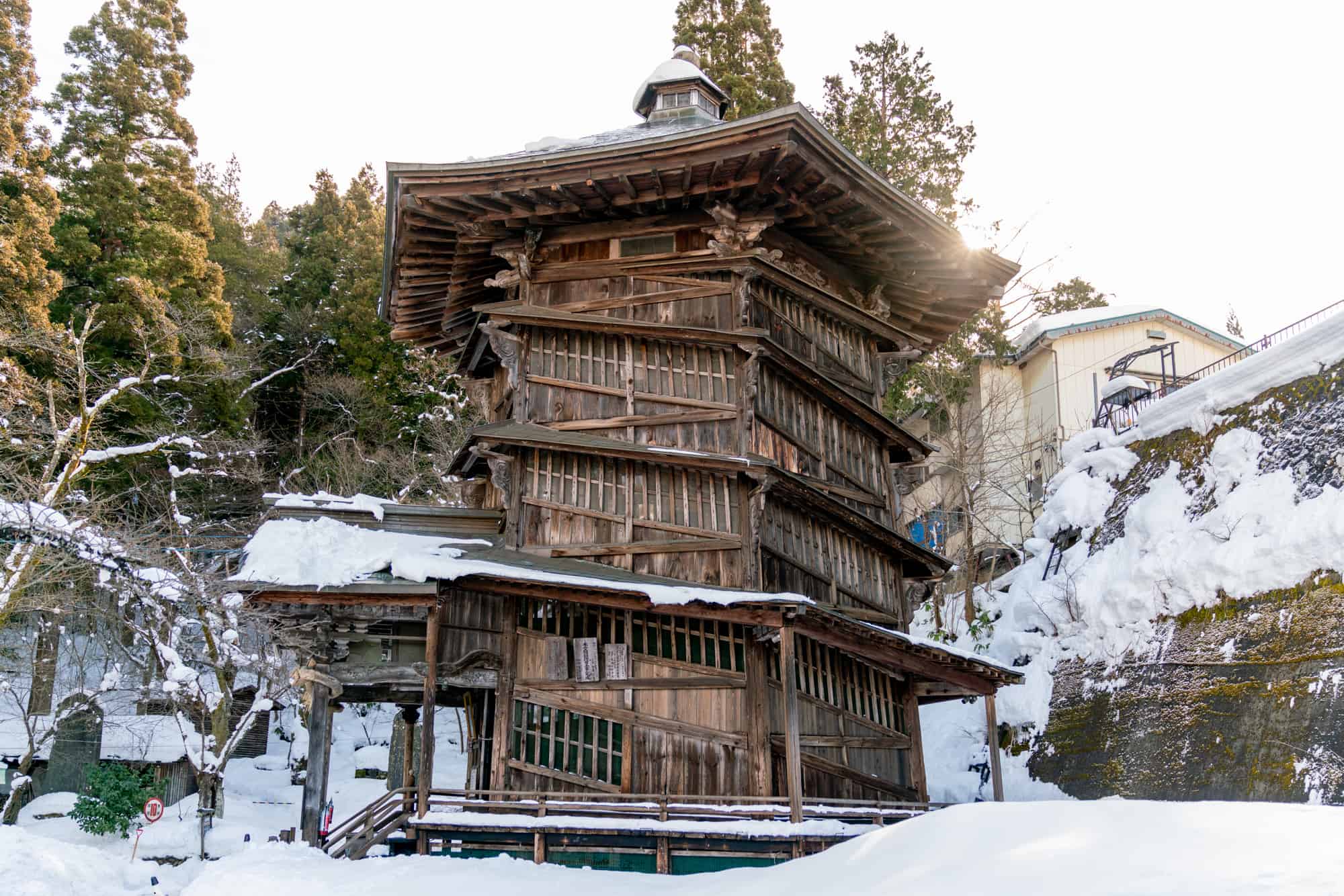
From the top of Mount Iimori views of the city unfold, with Tsuruhajo Castle taking center stage. The original castle was built in 1384 as a strategic samurai stronghold, but was later destroyed during the Boshin War. A replica was completed in 1965, accurately reflecting it’s earlier self.
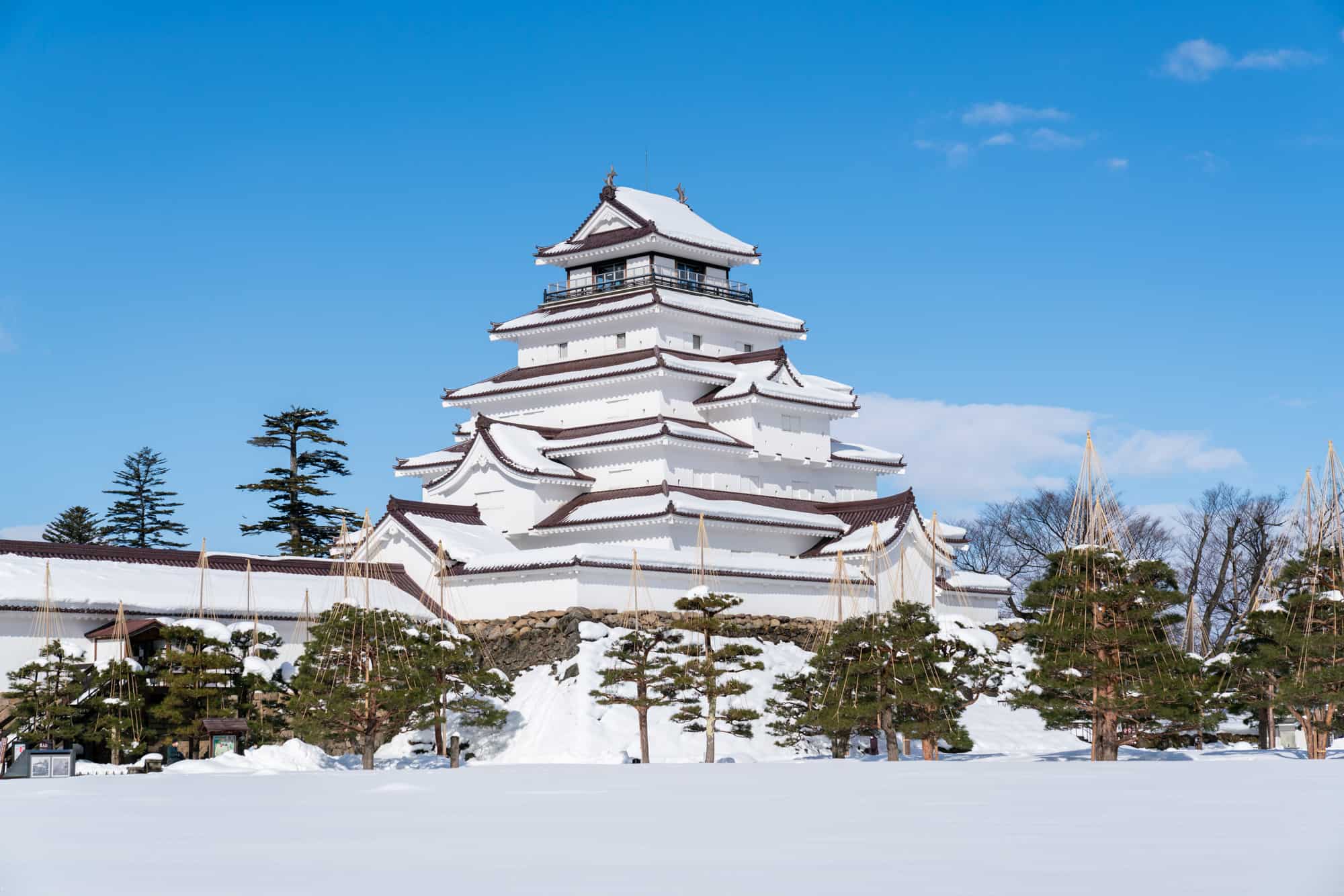
After exploring the castle and taking in the sights from it’s balcony, refresh and re-energise at Rinkau Tea Ceremony Room. It is particularly spectacular during the spring season as cherry blossoms bedeck the gardens that surround it.
Formerly housing a lacquerware shop that dates back to the early 1900s, Kontsh is a great choice for a healthy vegan lunch, followed by a guided tour at the Suehiro Sake Brewery. Tours are offered throughout the year at the brewery, where you can learn about the tools and processes of sake brewing from the exhibits. And of course – don’t forget to sample the sake that has been brewed on site since 1850.
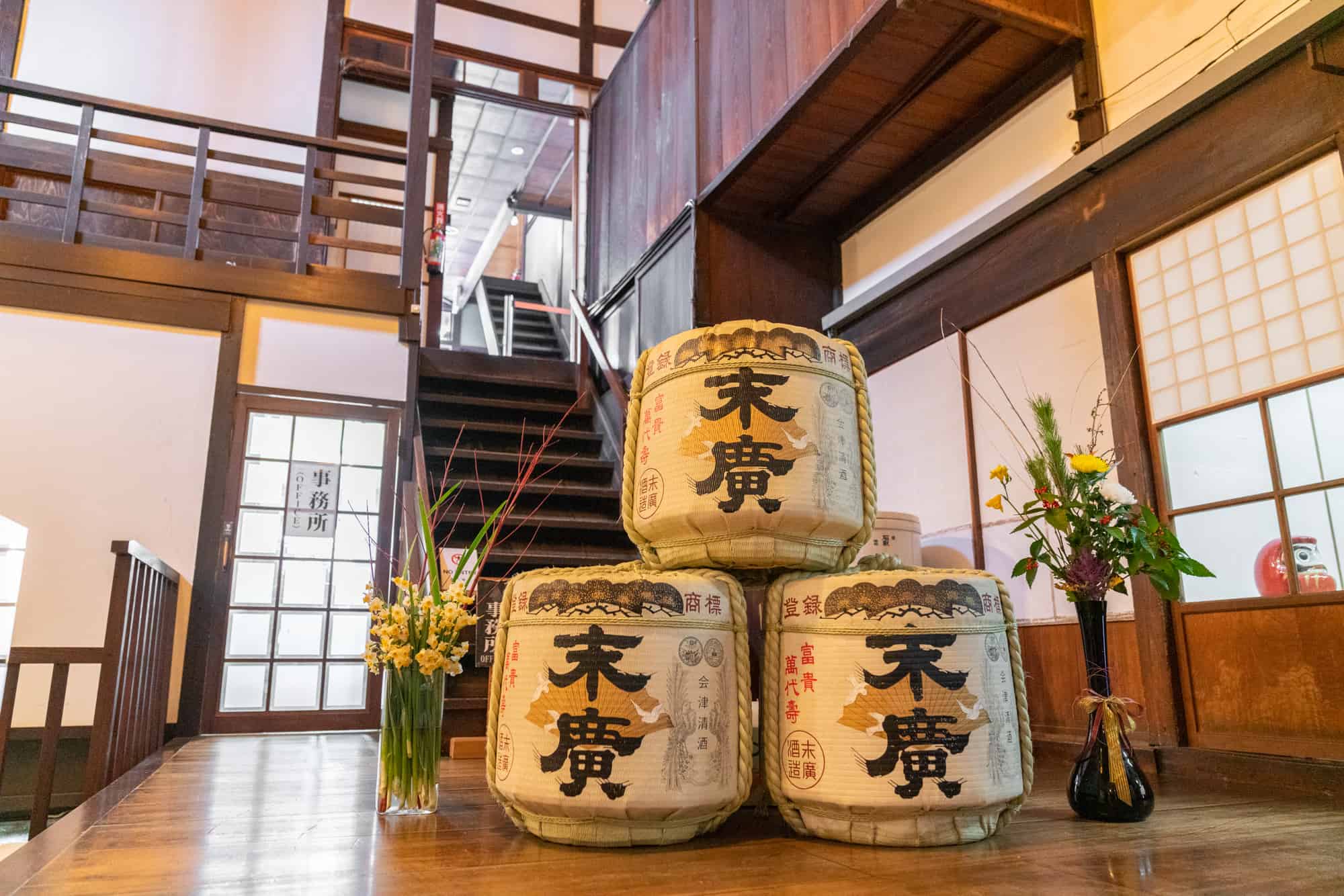
Wind down the afternoon by perusing Nanokamachi Street before heading to Aizuwakamatsu Station where you can take the Oza-Toro-Tembo sightseeing train (it does not operate daily, so do check the schedule before arriving).
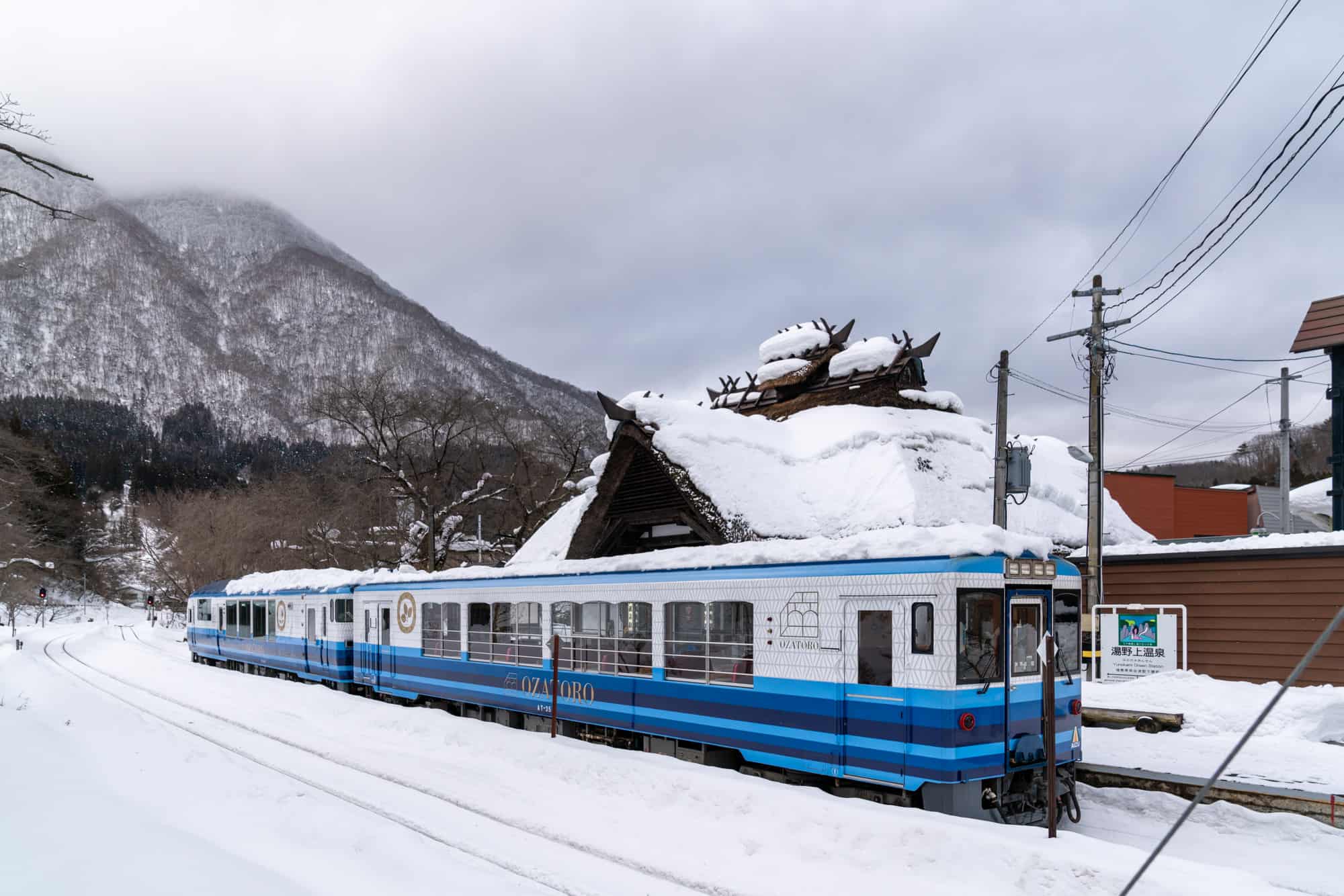
Embracing all that rail travel is romanticised to be, the carriage interiors are complete with cosy kotatsus (low lying heated tables) and tatami flooring, framed by wide windows that stretch the length of the train. The shifting landscapes between Aizuwakamatsu and Nikko are remarkably picturesque, and during the autumn months are further accentuated by vibrant fall foliage.
Change at Aizu-Tajima Station for Yunishigawa Onsen Station and then hop into a taxi bound for Taira no Takafusa – a traditional Japanese Ryokan located in Nikko City, Tochigi Prefecture.
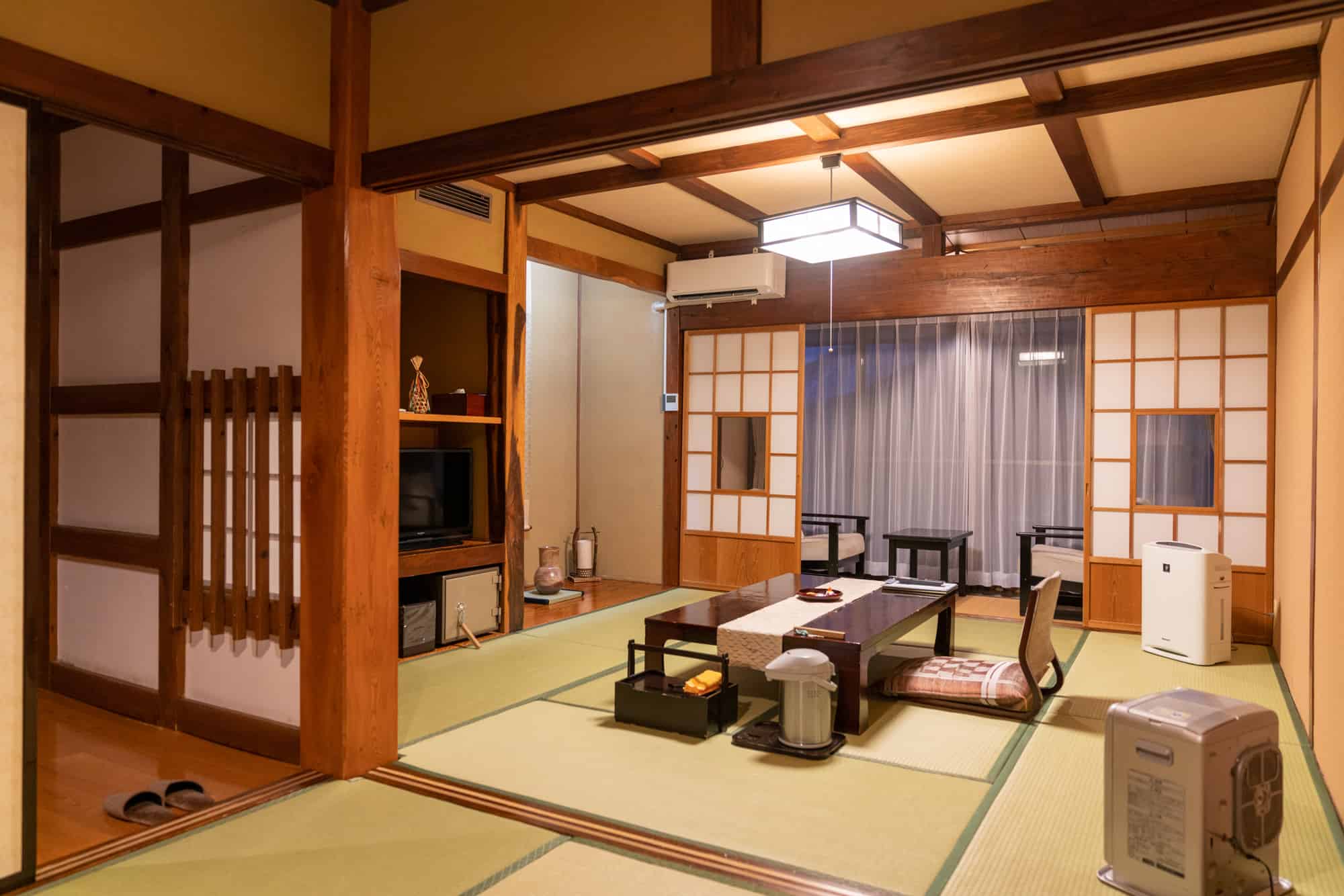
A collection of indoor and outdoor onsen baths offer restorative powers to weary patrons, while the open beam dining and lobby areas are both authentic and charming. Roast river fish over the fireplace and feast on the region’s most celebrated cuisine.
Day Four
Seek Enlightenment at Nikko’s Most Revered Places
Start the day by heading to Chuzenji Temple, a culturally significant site established in 784 by Shodo Shonin – Nikko’s first head priest. The Eleven-headed Kannon (goddess of mercy) carving housed inside Chuzenji Temple is said to have been whittled from an eighth century katsura (Japanese Judas) tree by Shonin himself.
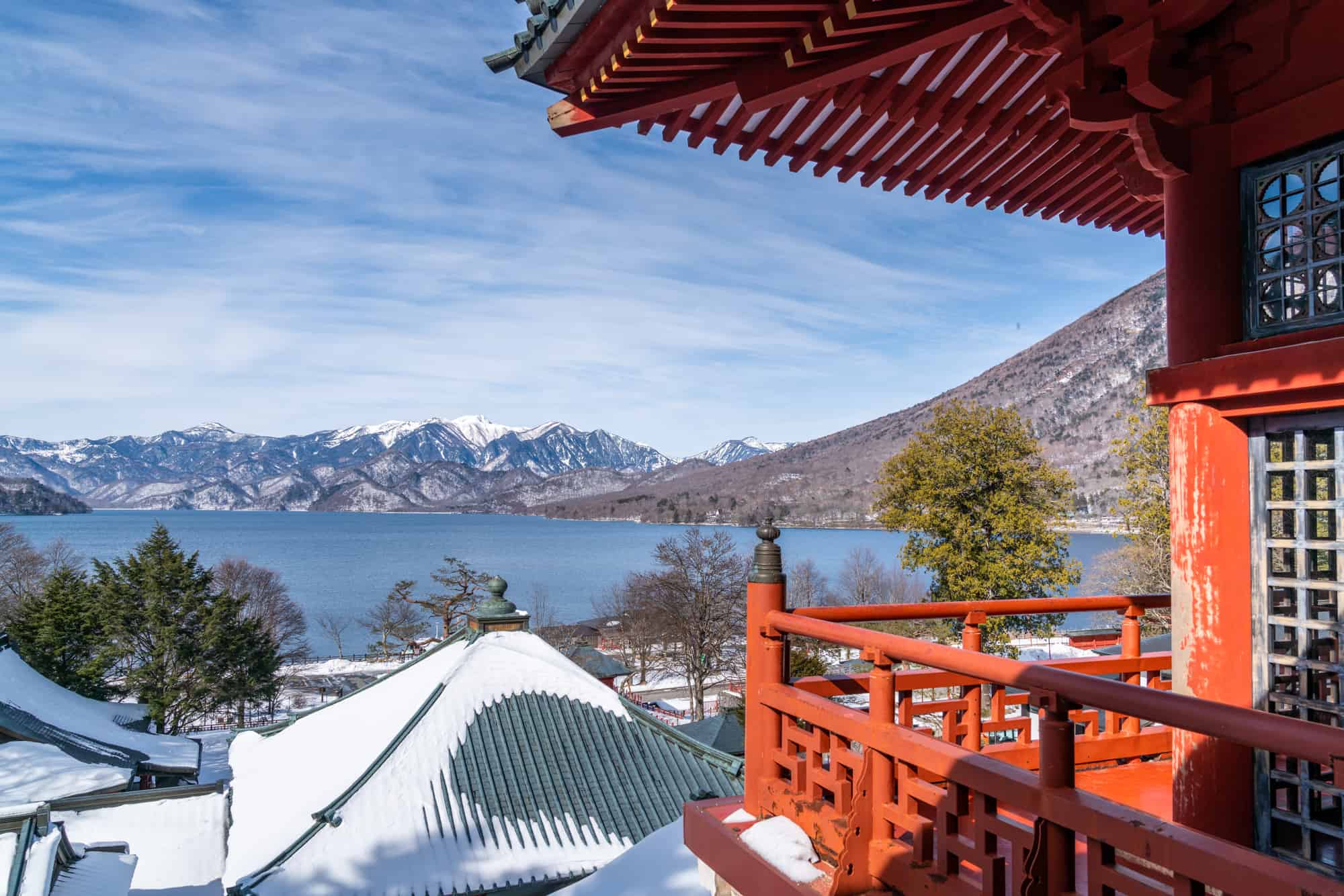
As one of Japan’s most sprawling and magnificent temple complexes, there are 55 buildings that comprise Nikko Toshogu Shrine, including 8 National Treasures. One of these is Yomeimon Gate, and since every inch is intricately decorated it challenges the title for Japan’s most ornate structure. Colours, carvings and gilded gold accentuate the stories and characters depicted, so much so that one could easily spend an hour examining it.
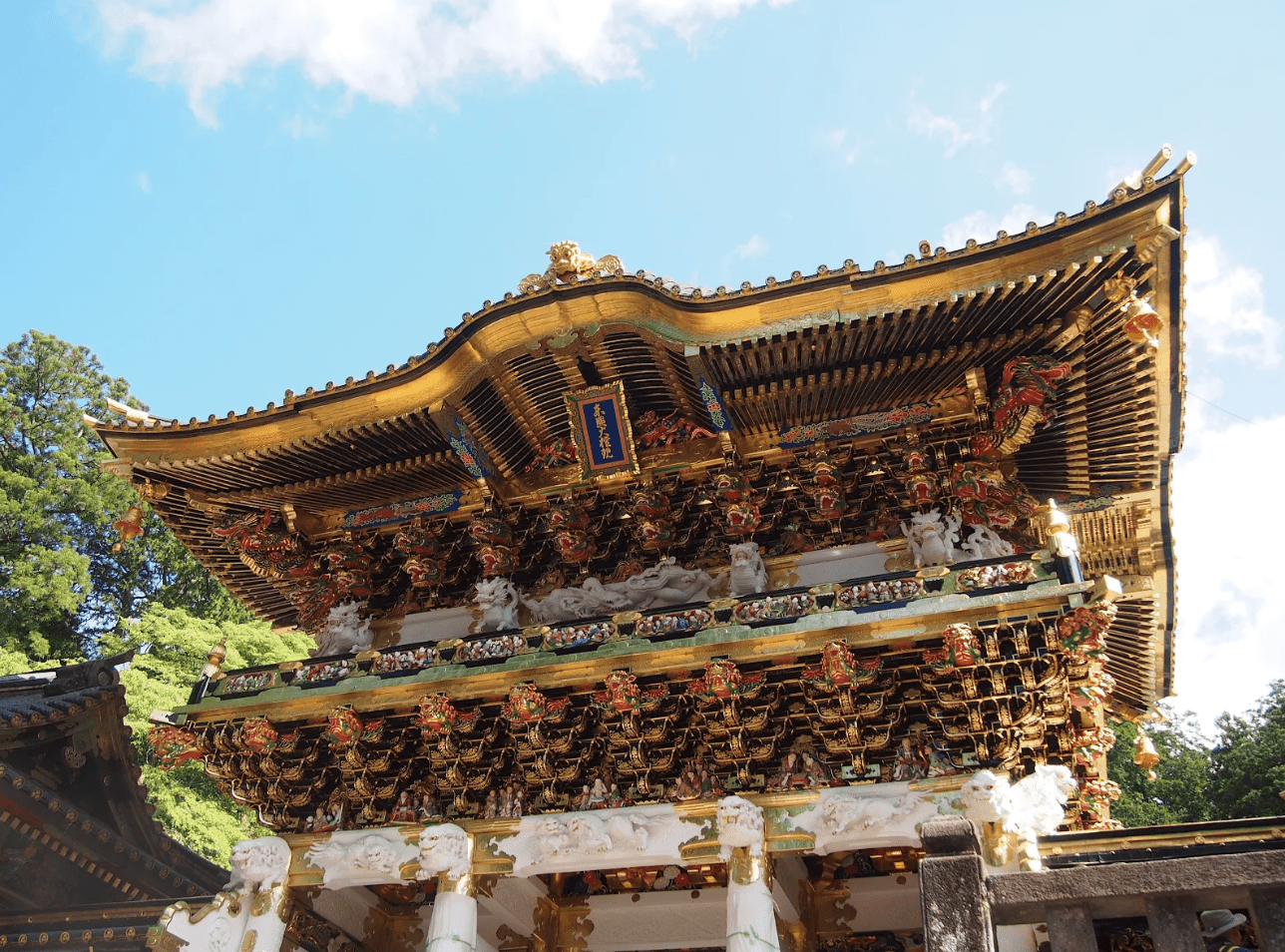
Fuel yourself with lunch at Gyoshineti – a Buddhist restaurant located in Nikko Fudoen – and try the yuba (bean curd skin) on a bed of rice with a side of vegetable tempura.
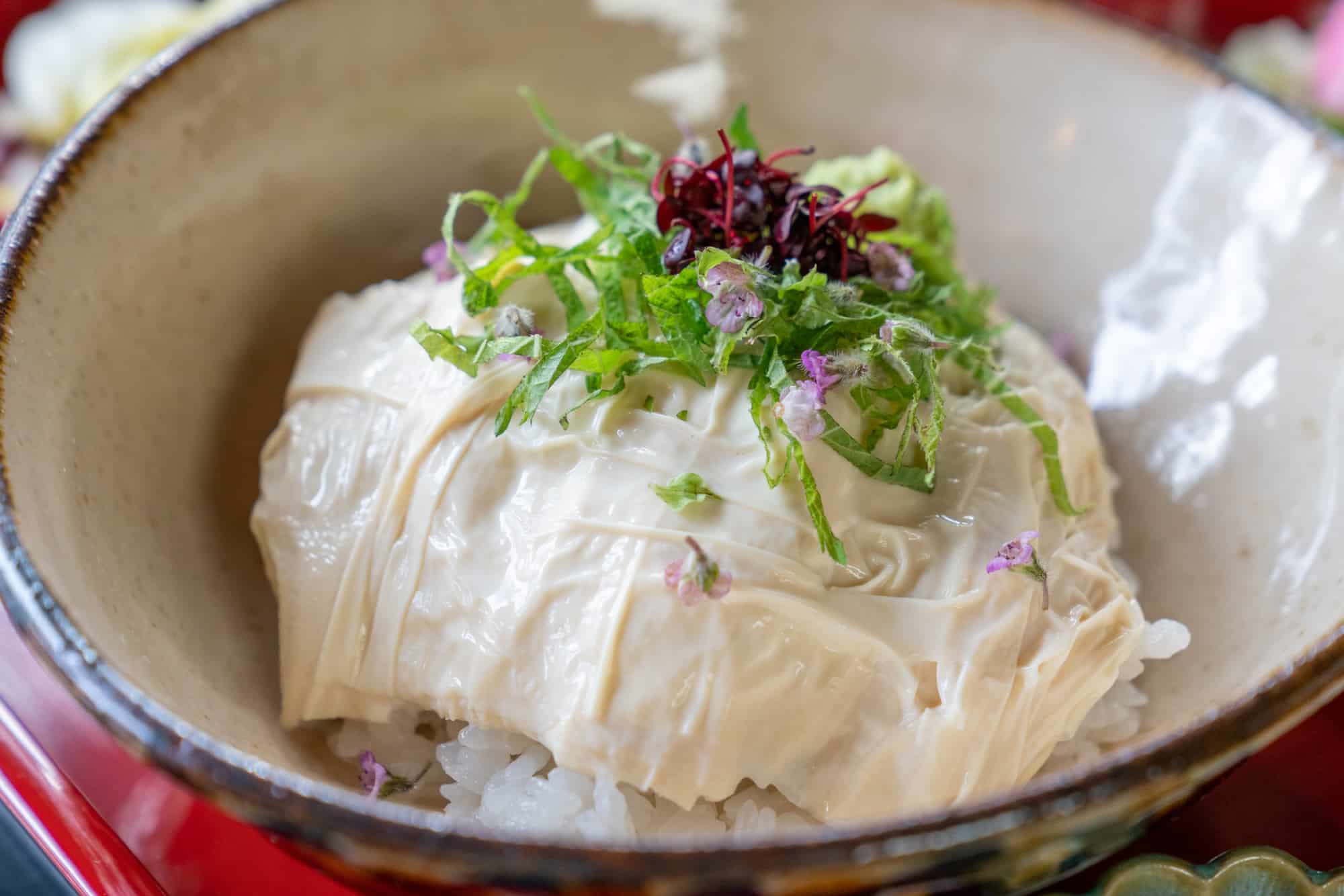
Once you have satisfied your spiritual intrigue for the day, make your way towards Tobu Nikko Station where a Limited Express Kegon 44 will speed you back to Tokyo’s Asakusa Station.
Mountainwatch traveled with the support of:


